If The Big Bang Wasn’t The Beginning, What Was It?

It wasn’t the birth of space and time. But it was truly essential to our cosmic story.
For more than 50 years, we’ve had definitive scientific evidence that our Universe, as we know it, began with the hot Big Bang. The Universe is expanding, cooling, and full of clumps (like planets, stars, and galaxies) today because it was smaller, hotter, denser, and more uniform in the past. If you extrapolate all the way back to the earliest moments possible, you can imagine that everything we see today was once concentrated into a single point: a singularity, which marks the birth of space and time itself.
At least, we thought that was the story: the Universe was born a finite amount of time ago, and started off with the Big Bang. Today, however, we know a whole lot more than we did back then, and the picture isn’t quite so clear. The Big Bang can no longer be described as the very beginning of the Universe that we know, and the hot Big Bang almost certainly doesn’t equate to the birth of space and time. So, if the Big Bang wasn’t truly the beginning, what was it? Here’s what the science tells us.

Our Universe, as we observe it today, almost certainly emerged from a hot, dense, almost-perfectly uniform state early on. In particular, there are four pieces of evidence that all point to this scenario:
- the Hubble expansion of the Universe, which shows that the amount that light from a distant object is redshifted is proportional to the distance to that object,
- the existence of a leftover glow — the Cosmic Microwave Background (CMB) — in all directions, with the same temperature everywhere just a few degrees above absolute zero,
- light elements — hydrogen, deuterium, helium-3, helium-4, and lithium-7 — that exist in a particular ratio of abundances back before any stars were formed,
- and a cosmic web of structure that gets denser and clumpier, with more space between larger and larger clumps, as time goes on.
These four facts: the Hubble expansion of the Universe, the existence and properties of the CMB, the abundance of the light elements from Big Bang nucleosynthesis, and the formation and growth of large-scale structure in the Universe, represent the four cornerstones of the Big Bang.

Why are these the four cornerstones? In the 1920s, Edwin Hubble, using the largest, most powerful telescope in the world at the time, was able to measure how individual stars varied in brightness over time, even in galaxies beyond our own. That enabled us to know how far away the galaxies that housed those stars were. By combining that information with data about how significantly the atomic spectral lines from those galaxies were shifted, we could determine what the relationship was between distance and a spectral shift.
As it turned out, it was simple, straightforward, and linear: Hubble’s law. The farther away a galaxy was, the more significantly its light was redshifted, or shifted systematically towards longer wavelengths. In the context of General Relativity, that corresponds to a Universe whose very fabric is expanding with time. As time marches on, all points in the Universe that aren’t somehow bound together (either gravitationally or by some other force) will expand away from one another, causing any emitted light to be shifted towards longer wavelengths by time the observer receives it.
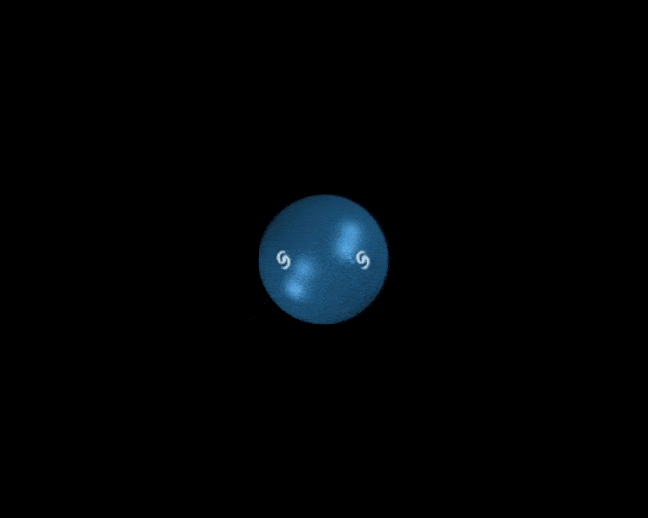
Although there are many possible explanations for the effect we observe as Hubble’s Law, the Big Bang is a unique idea among those possibilities. The idea is simple and straightforward in its simplicity, but also breathtaking in how powerful it is. It simply says this:
- the Universe is expanding and stretching light to longer wavelengths (and lower energies and temperatures) today,
- and that means, if we extrapolate backwards, the Universe was denser and hotter earlier on.
- Because it’s been gravitating the whole time, the Universe gets clumpier and forms larger, more massive structures later on.
- If we go back to early enough times, we’ll see that galaxies were smaller, more numerous, and made of intrinsically younger, bluer stars.
- If we go back earlier still, we’ll find a time where no stars have had time to form.
- Even earlier, and we’ll find that it’s hot enough that light, at some early time, would have split even neutral atoms apart, creating an ionized plasma which “releases” the radiation at last when the Universe does become neutral. (The origin of the CMB.)
- And at even earlier times still, things were hot enough that even atomic nuclei would be blasted apart; transitioning to a cooler phase allows the first stable nuclear reactions, yielding the light elements, to proceed.
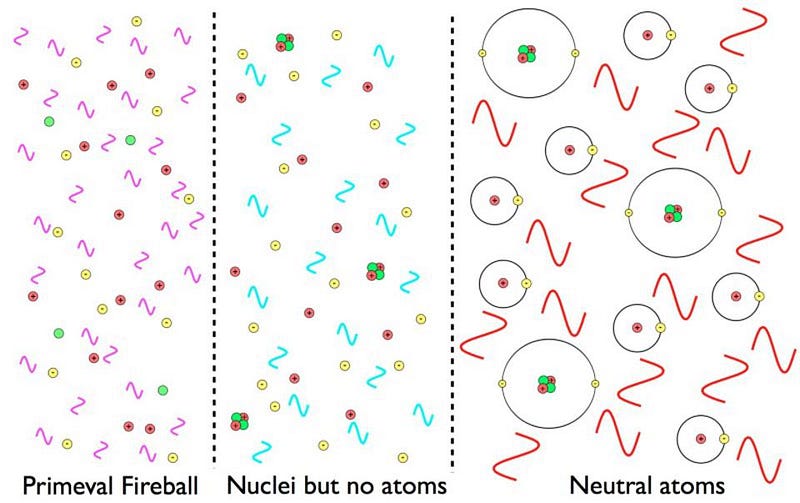
All of these claims, at some point during the 20th century, were validated and confirmed by observations. We’ve measured the clumpiness of the Universe, and found that it increases exactly as predicted as time goes on. We’ve measured how galaxies evolve with distance (and cosmic time), and found that the earlier, more distant ones are overall younger, bluer, more numerous, and smaller in size. We’ve discovered and measured the CMB, and not only does it spectacularly match the Big Bang’s predictions, but we’ve observed how its temperature changes (increases) at earlier times. And we’ve successfully measured the primordial abundances of the light elements, finding a spectacular agreement with the predictions of Big Bang nucleosynthesis.
We can extrapolate back even further if we like: beyond the limits of what our current technology has the capability to directly observe. We can imagine the Universe getting even denser, hotter, and more compact than it was when protons and neutrons were being blasted apart. If we stepped back even earlier, we’d see neutrinos and antineutrinos, which need about a light-year of solid lead to stop half of them, start to interact with electrons and other particles in the early Universe. Beginning in the mid-2010s, we were able to detect their imprint on first the photons of the CMB and, a few years later, on the large-scale structure that would later grow in the Universe.
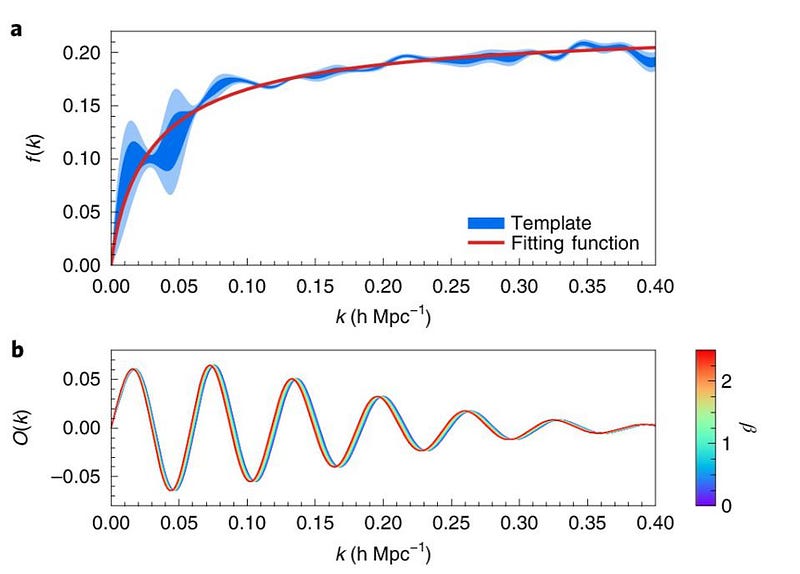
That’s the earliest signal, thus far, we’ve ever detected from the hot Big Bang. But there’s nothing stopping us from running the clock back farther: all the way to the extremes. At some point:
- it gets hot and dense enough that particle-antiparticle pairs get created out of pure energy, simply from quantum conservation laws and Einstein’s E = mc²,
- the Universe gets denser than individual protons and neutrons, causing it to behave as a quark-gluon plasma rather than as individual nucleons,
- the Universe gets even hotter, causing the electroweak force to unify, the Higgs symmetry to be restored, and for fundamental particles to lose their rest mass,
and then we go to energies that lie beyond the limits of known, tested physics, even from particle accelerators and cosmic rays. Some processes must occur under those conditions to reproduce the Universe we see. Something must have created dark matter. Something must have created more matter than antimatter in our Universe. And something must have happened, at some point, for the Universe to exist at all.
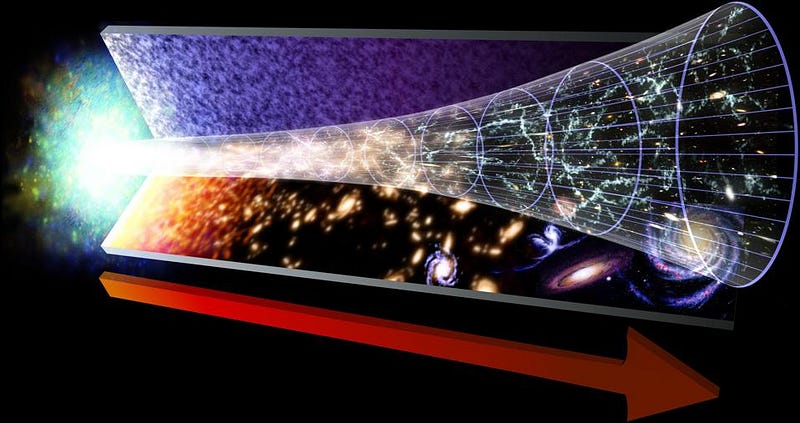
From the moment this extrapolation was first considered back in the 1920s — and then again in its more modern forms in the 1940s and 1960s — the thinking was that the Big Bang takes you all the way back to a singularity. In many ways, the big idea of the Big Bang was that if you have a Universe filled with matter and radiation, and it’s expanding today, then if you go far enough back in time, you’ll come to a state that’s so hot and so dense that the laws of physics themselves break down.
At some point, you achieve energies, densities, and temperatures that are so large that the quantum uncertainty inherent to nature leads to consequences that make no sense. Quantum fluctuations would routinely create black holes that encompass the entire Universe. Probabilities, if you try to compute them, give answers that are either negative or greater than 1: both physical impossibilities. We know that gravity and quantum physics don’t make sense at these extremes, and that’s what a singularity is: a place where the laws of physics are no longer useful. Under these extreme conditions, it’s possible that space and time themselves can emerge. This, originally, was the idea of the Big Bang: a birth to time and space themselves.
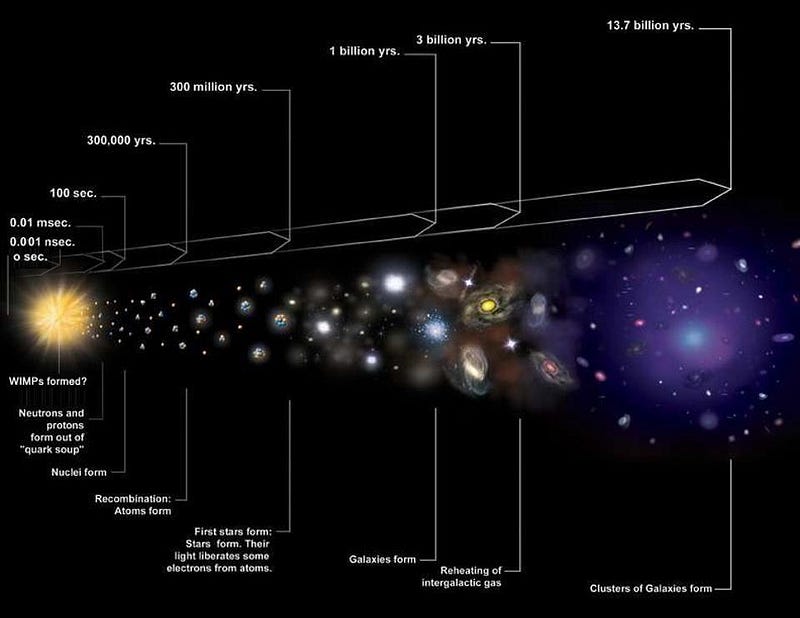
But all of that was based on the notion that we actually could extrapolate the Big Bang scenario as far back as we wanted: to arbitrarily high energies, temperatures, densities, and early times. As it turned out, that created a number of physical puzzles that defied explanation. Puzzles such as:
- Why did causally disconnected regions of space — regions with insufficient time to exchange information, even at the speed of light — have identical temperatures to one another?
- Why was the initial expansion rate of the Universe in balance with the total amount of energy in the Universe so perfectly: to more than 50 decimal places, to deliver a “flat” Universe today?
- And why, if we achieved these ultra-high temperatures and densities early on, don’t we see any leftover relic remnants from those times in our Universe today?
If you still want to invoke the Big Bang, the only answer you can give is, “well, the Universe must have been born that way, and there is no reason why.” But in physics, that’s akin to throwing up your hands in surrender. Instead, there’s another approach: to concoct a mechanism that could explain those observed properties, while reproducing all the successes of the Big Bang, and still making new predictions about phenomena we could observe that differ from the conventional Big Bang.
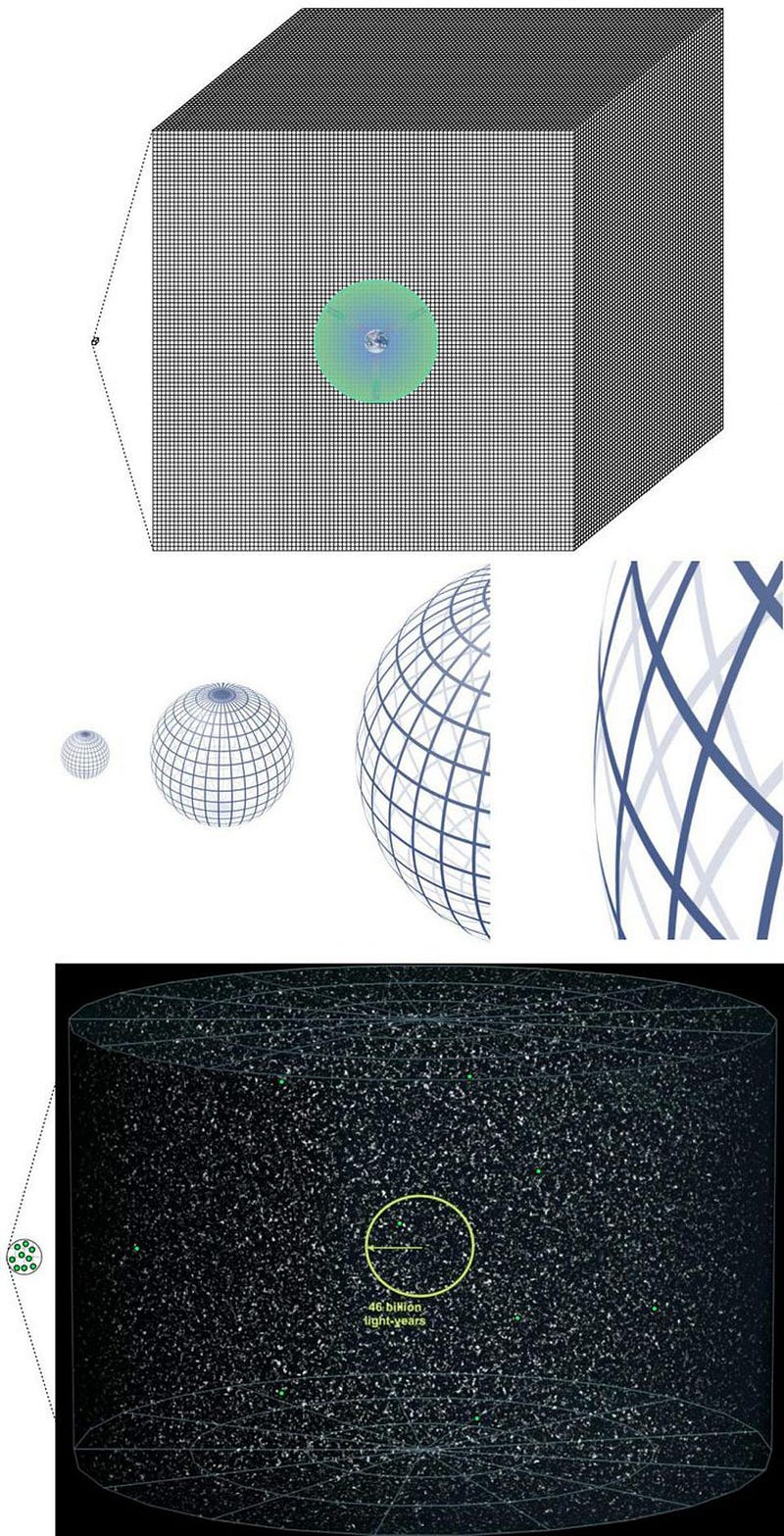
About 40 years ago, that’s exactly the idea that was put forth: cosmic inflation. Instead of extrapolating the Big Bang all the way back to a singularity, inflation basically says that there’s a cutoff: you can go back to a certain high temperature and density, but no further. According to the big idea of cosmic inflation, this hot, dense, uniform state was preceded by a state where:
- the Universe wasn’t filled with matter and radiation,
- but instead possessed a large amount of energy intrinsic to the fabric of space itself,
- which caused the Universe to expand exponentially (and at a constant, unchanging rate),
- which drives the Universe to be flat, empty, and uniform (up to the scale of quantum fluctuations),
- and then inflation ends, converting that intrinsic-to-space energy into matter and radiation,
and that’s where the hot Big Bang comes from. Not only did this solve the puzzles the Big Bang couldn’t explain, but it made multiple new predictions that have since been verified. There’s a lot we still don’t know about cosmic inflation, but the data that’s come in over the last 3 decades overwhelmingly supports the existence of this inflationary state: that preceded and set up the hot Big Bang.
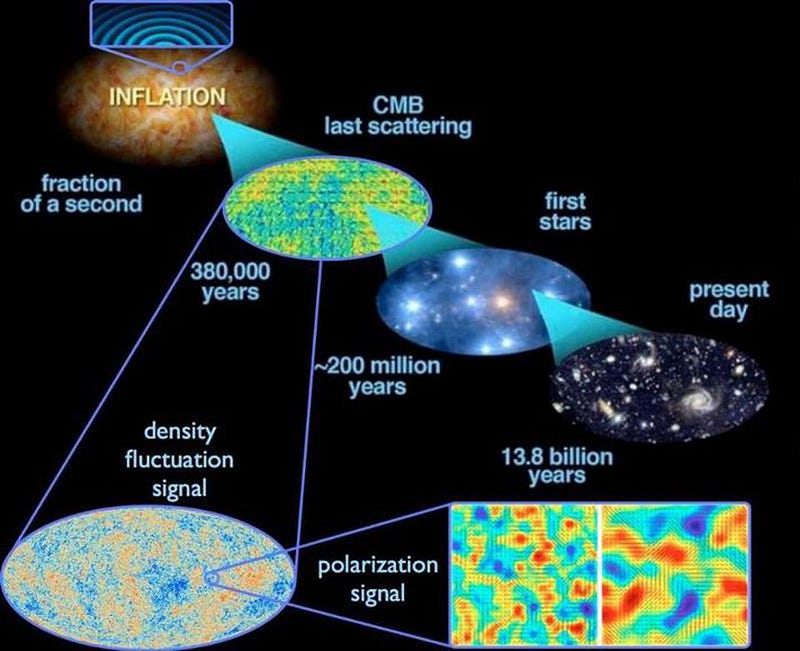
All of this, taken together, is enough to tell us what the Big Bang is and what it isn’t. It is the notion that our Universe emerged from a hotter, denser, more uniform state in the distant past. It is not the idea that things got arbitrarily hot and dense until the laws of physics no longer applied.
It is the notion that, as the Universe expanded, cooled, and gravitated, we annihilated away our excess antimatter, formed protons and neutrons and light nuclei, atoms, and eventually, stars, galaxies, and the Universe we recognize today. It is no longer considered inevitable that space and time emerged from a singularity 13.8 billion years ago.
And it is a set of conditions that applies at very early times, but was preceded by a different set of conditions (inflation) that came before it. The Big Bang might not be the very beginning of the Universe itself, but it is the beginning of our Universe as we recognize it. It’s not “the” beginning, but it is “our” beginning. It may not be the entire story on its own, but it’s a vital part of the universal cosmic story that connects us all.
Ethan Siegel is the author of Beyond the Galaxy and Treknology. You can pre-order his third book, currently in development: the Encyclopaedia Cosmologica.





